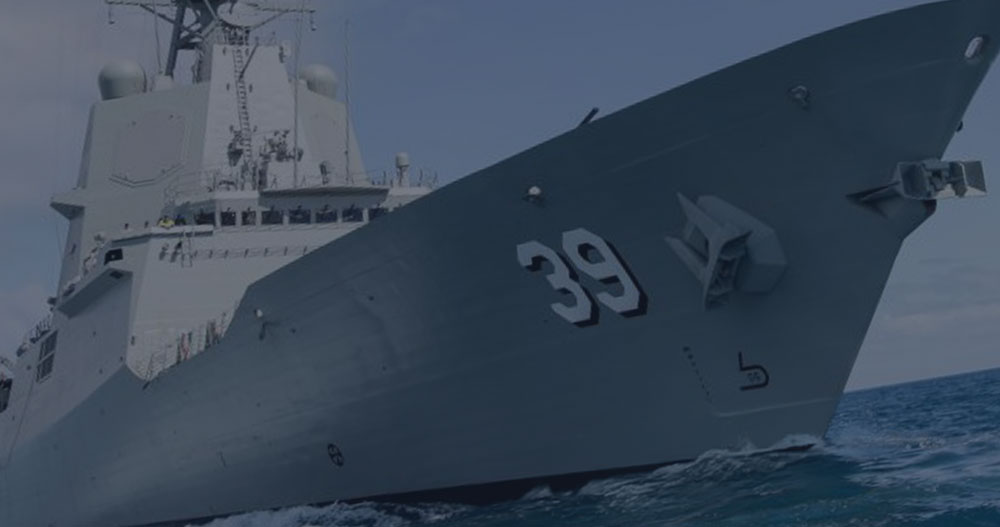Case Study
Defence Mission Engineering Pilot Program – Navy Intelligence & Information Warfare Branch
Oct 24, 2024 • 1 min read
The Challenge
The Defence Strategic Review (DSR) establishes a clear demand for Defence to accelerate capability realisation to address strategic risks. Future capability advantages are expected to be fleeting, making a slow, platform-centric approach to capability development obsolete. Instead, Defence requires a capability development strategy that is agile, timely, informed, and prioritised—one that can generate iterative capability advantages in a fiscally constrained environment.
The organisation-wide adoption of Mission Engineering is essential for Defence to realise capabilities affordably and swiftly, and align with the imminent pacing threats. It will enable the alignment of force design, management and assurance, ensuring that Defence can field a fit-for-purpose force that is inherently interoperable and adaptable to changing strategic contexts.
Establishing Mission Engineering across Defence will affect [or generate] a fundamental shift in how force design, capability development and sustainment are approached.
The Solution: Navy Mission Engineering Pilot Program
Navy Intelligence & Information Warfare Branch (NIIWB), in partnership with Downer and Australian digital engineering software scale-up Kompozition, launched a Mission Engineering Pilot Program. This innovative program aimed to demonstrate an end-to-end Mission Engineering, validate the anticipated benefits of the approach, and de-risking broader adoption of the transformative approach in Navy and across broader Defence.
The Defence Pilot Program showcased the value of a Mission Engineering approach through several key achievements:
- Digital Mapping of Mission Threads: The program demonstrated the ability to digitally map Mission Threads, Mission Engineering Threads, and Mission Architectures. This established a hierarchy of mission objectives, operational needs, and capability requirements, allowing for rapid updates in response to changing threats and geopolitical dynamics. This capability enables Capability Managers to identify implications quickly and respond effectively.
- Integrated Campaign-Level Mission Threads: By aligning campaign-level mission threads with operational needs, the program illustrated how Mission Engineering can create cohesive digital models. These models enhance understanding of mission effectiveness, helping Capability Managers identify gaps in solution designs and assess mission risk, which supports prioritisation of system upgrades.
- Consolidated Thread for End-to-End Traceability: Project-level artefacts, solution design documents, and test data were consolidated into a single visual thread. This enabled end-to-end traceability and visualisation of mission system performance, facilitating evidence-based decision-making regarding minimum viable capability, system effectiveness, platform sustainment, and mission risk.
Outcomes and Benefits:
The Pilot Program highlighted the significant benefits of adopting a Mission Engineering methodology and how it positively supports the accelerated capability strategic imperative outlined in the Defence Strategic Review. Key benefits include:
- A more agile framework for addressing emerging capability needs
- Improved operational effectiveness by identifying misalignments between solution designs and operational requirements
- The ability to compare different capability solutions with greater accuracy, allowing for prioritisation of investments and optimal resource allocation.
By embracing Mission Engineering and Digital Engineering, the program provided a clear path forward for improving Defence capability realisation. These methodologies enhance current operational effectiveness and support long-term sustainability and strategic responsiveness.

